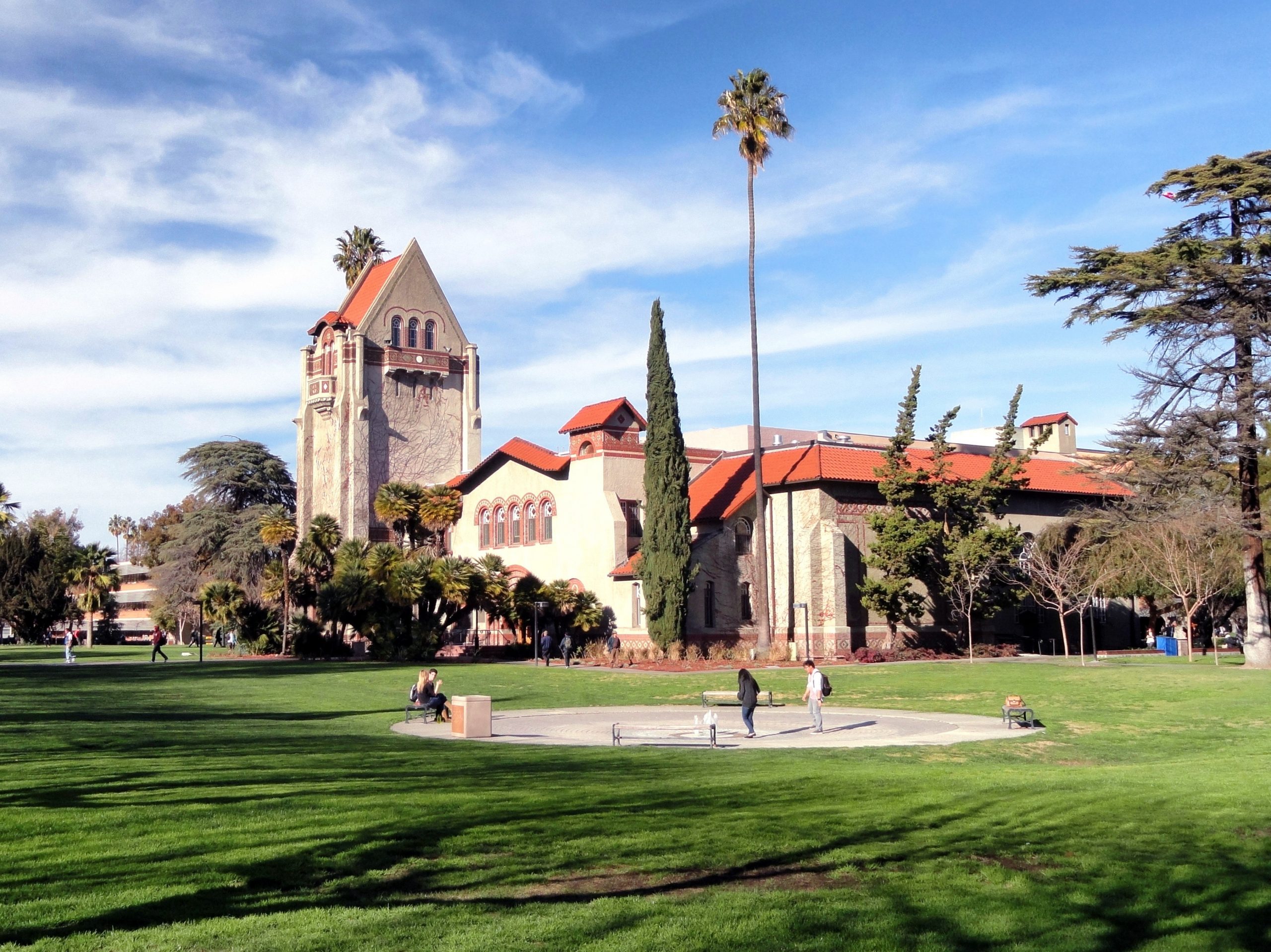Explore your possibilities

Types of education
First, list exactly what you want to get out of your time in America. Based on that, determine which education is best for you. Not all educational institutions offer the same types of courses and study experiences. There are lots of different institutions and degree options.
An American bachelor’s degree is not always equivalent to a Dutch bachelor’s degree. If you want to study law or medicine, for example, these programs are structured differently in America. Because the specialization in an American bachelor takes place at a later point in your degree plan, you will spend much longer on these programs in the US. Moreover, these programs differ in content from a program in the Netherlands, so you have no guarantee that you can later work in the Netherlands with these diplomas. In such case, it is better to start a bachelor’s program in the Netherlands and go to the US for a master’s or specialization at a later date. So think carefully about what kind of education you would like to do and how best to achieve this.
Types of colleges
You can pursue a bachelor’s degree at either a private or public institution. Public colleges are funded by the city, region, or state in which they are located. Students from these areas pay little tuition because they have paid local taxes for many years. Students from other regions have not paid local taxes, so their tuition is higher; this also applies to foreign students. A state university is focused on providing education to students from that state and is therefore often a larger institution.
Private colleges tend to be more expensive than public colleges. Tuition is the same for in-state and out-of-state students, and they are often smaller than public colleges.
Both private and public institutions offer scholarships to international students. A private college sometimes has higher scholarships available to compensate for the higher tuition fee, so the cost of a private college and cheaper state university can be comparable.
Some educational institutions also specialize in specific fields of study. These include technical universities, as well as programs in the arts such as colleges of music, design schools or film programs, and are called “specialist institutions.”
What should you keep in mind?
Exactly what criteria your education should meet are personal to everyone. It is helpful to list what the most important criteria are for you. In addition, remember that each university also has its own selection criteria for admitting students. It is therefore important that a university not only meets your needs and criteria, but that you yourself also meet the university’s selection criteria for students. To apply successfully, it is important that you fit the academic profile of the university and also can actually afford the university’s fees.
Thus, before shortlisting universities you want to apply to, you should start researching what your requirements are, what opportunities you have with your academic profile and test scores, and whether there are scholarships for you. Then you can compile a list of suitable universities. Below you can read what criteria play a role in finding suitable universities.
EducationUSA Academy
Are you between the ages of 15 and 17 and in the process of researching bachelor’s degree possibilities in the US? Would you like to experience what an American campus is like and visit different types of campuses? Then the EducationUSA Academy might be for you. You can attend a college prep program at more than 13 American campuses during the summer.
How can you find a suitable university?
Once you have made a list of criteria and thought about your budget and what scholarship opportunities are available to you, there are several ways to then filter universities based on your preferences, costs, and scholarships.
Search engines
There are several online search engines that allow you to search for universities based on your preferences. A large proportion of U.S. universities are listed on these, so one of these search engines can be a good starting point for compiling an initial list.
These search engines have many filters that allow you to specifically build a list based on college type, majors, required test scores, location, size, sports and activities offered, scholarship opportunities for international students, and cost. This allows you to quickly search for universities that meet your needs.
Rankings
When searching for universities, you can also take into consideration each university’s ranking. Opinions are divided about the value of rankings. If you want to use them, at least make sure that the criteria on which the ranking is based correspond to the things that you yourself consider important. Rankings are compiled based on several factors, and the quality of education not always the most important. For example, some rankings prioritize the amount of money a university has, name recognition or admissions rates, or rankings apply only to a specific faculty or program. Rankings can be useful, but should not be the only tool in choosing a university. The most important thing is to find a university that suits your needs, abilities, and personality. That will be a very different university for everyone.
The best-known organizations that deal with university rankings are

Make an overview of universities
Once you have a list of universities that meet your criteria and appeal to you, it’s wise to start mapping out what the admissions requirements and costs and scholarship opportunities are. You can do this using a college planning sheet. This allows you to compare universities on selectivity and admission criteria in an overview.
You can also use the sheet later to keep track of what documents you need to complete your application.
Shortlist
Once you have a list of universities that meet your criteria and requirements, you can begin to put universities on a shortlist. We recommend that you apply to five to eight universities. To increase your chances of admission, it is wise to distinguish between different categories, namely dream, reach, and safe schools.
- Two to three highly selective schools. These are your “dream schools.”
- Two to three selective schools where your academic profile meets the admission requirements. These are your “reach schools.”
- One to two schools where your academic profile is above the admission requirement, and where you can reasonable assume you are a very strong candidate. These are your “safe schools.”
If you have a limited budget and thus depend on the scholarship offerings of the university, it is wise to apply to even more safe schools. On the university’s website, you can find the freshman profile, which lists the average grades and test scores of all admitted freshmen. The stronger your academic profile is relative to this profile, the higher your chances of admission and academic scholarships.


